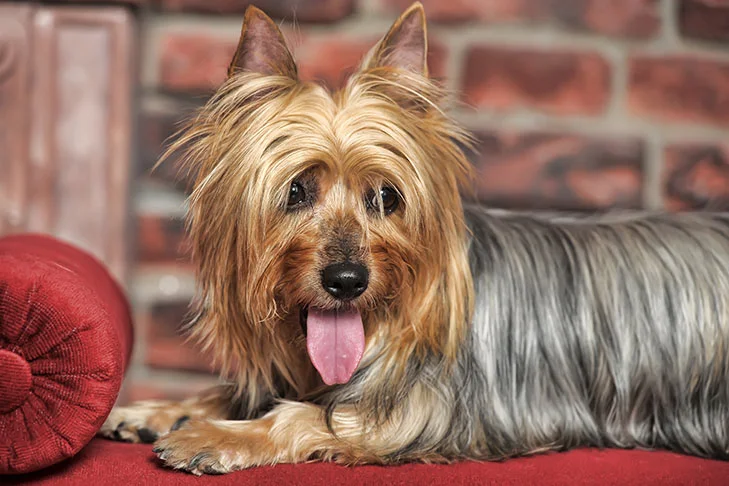Despite its tiny size and shiny hair, the Silky Terrier is a real terrier with boundless energy. The Silky, a native of Sydney, Australia, is larger than his Yorkshire Terrier cousin.
Silkys are 10-inch-tall dynamos propelled by curiosity and strong spirits. They are small but not frail, spunky but not yappy, and attractive but not sculpted. The magnificent blue-and-tan coat is straight and lustrous, and it feels and behaves like human hair. The wedge-shaped skull is crowned by thick hair parted down the middle, and upright V-shaped ears attract attention to the almond-shaped eyes’ acute, piercing gaze. Silky terriers are more polished than standard ratting terriers, yet they should still look and act like a true earth dog.





 Health
Health Grooming
Grooming Exercise
Exercise Training
Training Nutrition
Nutrition